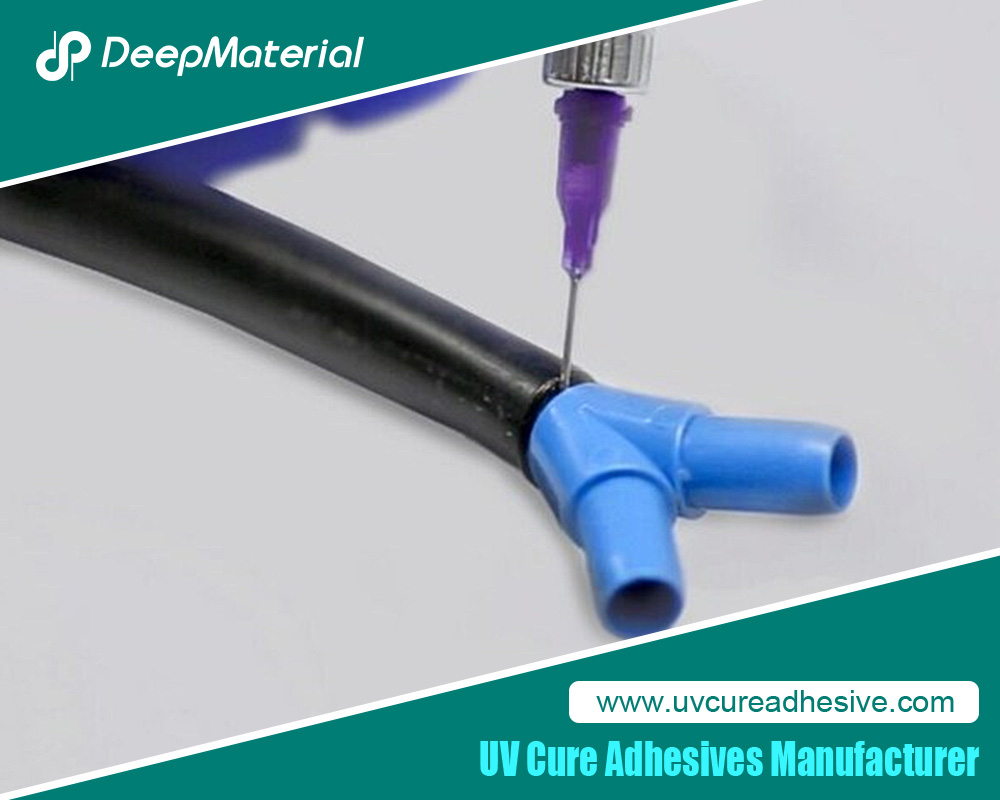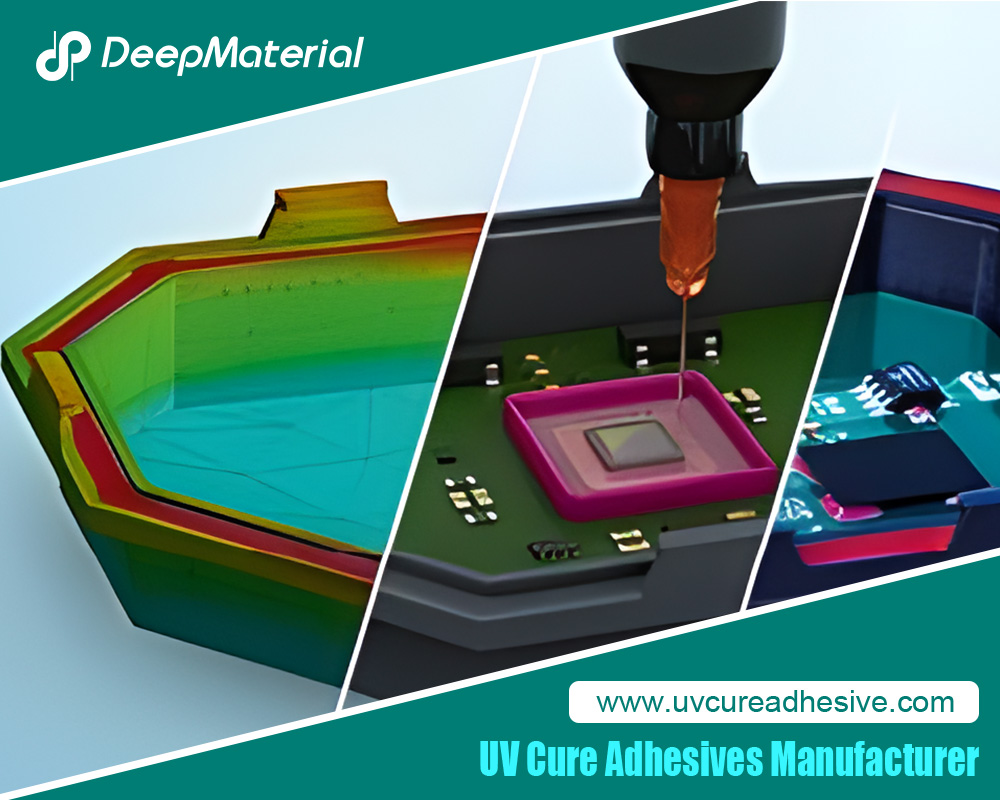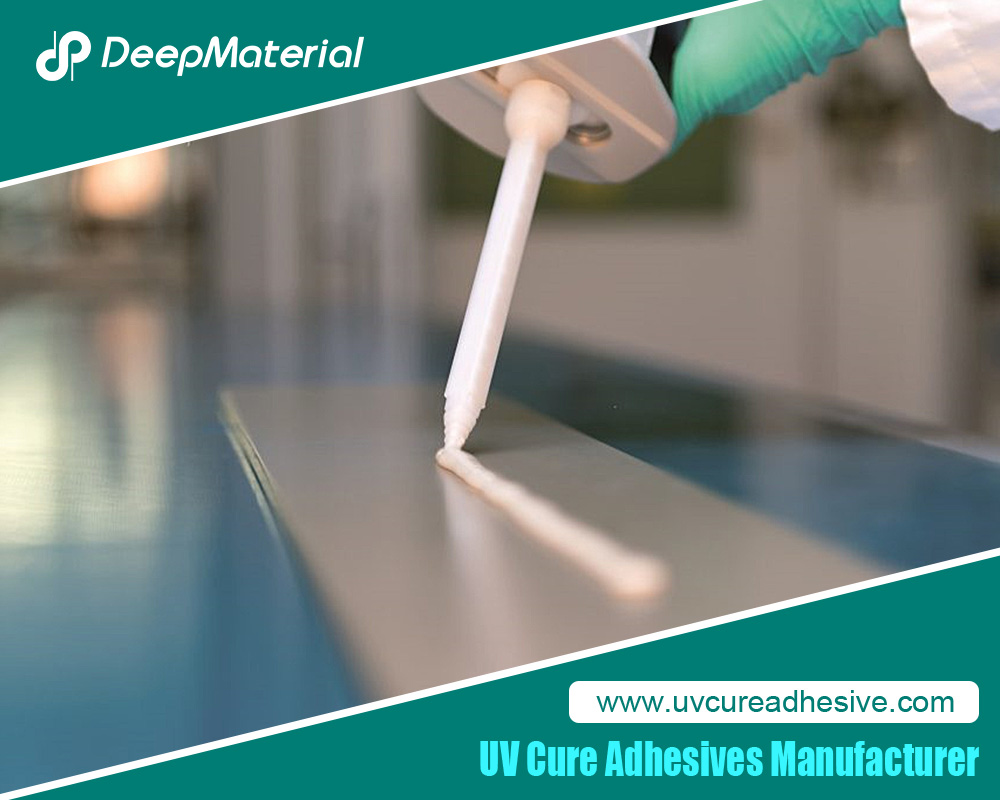Temperature & Corrosion Resistance Test of UV Cure Anaerobic Adhesive
In the fast-paced world of industrial manufacturing, the quest for adhesives that deliver rapid bonding, exceptional durability, and adaptability to harsh environments has never been more critical. Traditional adhesives—such as epoxies, cyanoacrylates, and standard anaerobics—have long dominated sectors like automotive, electronics, aerospace, and medical devices. However, they often fall short in demanding applications, plagued by slow cure times, limited resistance to temperature extremes, and vulnerability to corrosion.
Enter UV cure anaerobic adhesives: a hybrid innovation that combines the instantaneous curing power of ultraviolet (UV) light with the reliable, oxygen-excluded polymerization of anaerobic chemistry. This “dual-cure” technology offers a new paradigm for industrial bonding, enabling 5–10 second fixturing under UV exposure while ensuring full strength in shadowed areas through anaerobic mechanisms. As of 2025, products like Permabond UV7141 and Panacol Vitralit UD 8050 are reshaping production lines, boasting shear strengths over 25 MPa and operational temperatures from -55°C to 150°C.
This article delves into rigorous temperature and corrosion resistance tests of UV cure anaerobic adhesives, demonstrating how they outperform traditional counterparts. Drawing on standardized protocols like ASTM D1002 and real-world data, we’ll explore the science, performance metrics, comparisons, and practical applications. For engineers and manufacturers seeking to optimize throughput and reliability, UV cure anaerobics represent not just an alternative—but a superior choice.

The Science Behind UV Cure Anaerobic Adhesives
UV cure anaerobic adhesives are formulated as single-component systems, typically based on methacrylate or epoxy-acrylate resins, infused with photoinitiators (e.g., benzophenone) for UV activation and peroxide-saccharin accelerators for anaerobic curing.
The dual mechanism works synergistically:
- UV Cure Phase: Exposure to 365–405 nm UV/LED light (500–1,500 mJ/cm² dose) triggers free radicals, polymerizing exposed surfaces in seconds. This provides immediate handling strength, ideal for high-speed assembly.
- Anaerobic Cure Phase: In oxygen-deprived gaps (e.g., metal-to-metal interfaces), metal ions (Cu²⁺, Fe³⁺) catalyze peroxide decomposition, propagating chains to full cure in 10–30 minutes without heat.
Unlike traditional anaerobics, which require 5–30 minutes for fixturing and are prone to surface inhibition, or UV-only adhesives limited by line-of-sight, this hybrid excels in complex geometries. Viscosity ranges from 300–2,000 cP enable capillary flow into micro-gaps (0.05–0.5 mm), while low shrinkage (<1.5%) minimizes stress.
Key advantages include environmental friendliness—no VOCs during cure—and biocompatibility (ISO 10993), making them suitable for medtech.
But how do they hold up under extreme conditions? Temperature and corrosion tests provide the proof.
Temperature Resistance Tests: Methodology and Results
Temperature resistance is paramount in industries like automotive (engine compartments up to 150°C) and electronics (thermal cycling -40°C to 125°C). To evaluate UV cure anaerobics, standardized tests assess bond strength retention across thermal gradients.
Test Protocols
- Lap Shear Strength (ASTM D1002): Bonds aluminum or steel substrates; measures peak stress (MPa) at failure.
- Tensile Strength (ASTM D3163): Evaluates elongation and modulus.
- Thermal Cycling (JESD22-A104): 1,000 cycles between -55°C and 150°C.
- Heat Aging (ASTM D573): Exposure at 150°C for 1,000 hours, followed by strength testing.
For UV cure anaerobics, secondary heat cures (100–150°C for 30–60 minutes) enhance crosslink density, boosting Tg (glass transition temperature) to >120°C. Kinetic studies via photo-DSC show cure rates double every 8°C rise, but hybrids maintain integrity without embrittlement.
Key Results
In a 2024 study on Permabond UV7141 (bonding ceramic-coated glass to metal), lap shear strength retained 95% after 1,000 hours at 150°C (initial 28 MPa → 26.6 MPa). Thermal cycling yielded <5% degradation, versus 15–20% for standard anaerobics.
Low-temperature performance shines: at -55°C, hybrids exhibit 30% higher impact resistance than brittle epoxies, thanks to flexible methacrylate chains. Rheometry confirms viscosity stability, preventing flow-out in heat.
These outcomes stem from multifunctional monomers and aromatic backbones, which increase crosslinking and thermal stability. In contrast, traditional epoxies degrade 20–30% at 150°C due to oxidative breakdown.
Corrosion Resistance Tests: Safeguarding Against Degradation
Corrosion—oxidative or chemical attack—compromises bonds in marine, chemical processing, and oil & gas environments. UV cure anaerobics, being non-corrosive to metals and low-toxicity, offer superior protection.
Test Protocols
- Salt Spray (ASTM B117): 1,000 hours in 5% NaCl fog; measures weight loss and strength retention.
- Humidity Aging (ASTM D2247): 85°C/85% RH for 500 hours.
- Chemical Immersion (ASTM D543): Exposure to acids, bases, solvents; post-test adhesion via pull-off (ASTM D4541).
- Electrochemical Impedance Spectroscopy (EIS): Quantifies barrier properties against ion penetration.
Anaerobic cure ensures dense networks in gaps, acting as a hermetic seal.
Key Results
For Chemence UC-5267, salt spray tests on copper/iron bonds showed <2% strength loss (initial 25 MPa → 24.5 MPa), with no pitting observed. Humidity aging retained 98% adhesion, far surpassing traditional anaerobics (80–85%) prone to hydrolysis.
In chemical immersion (10% HCl, 72 hours), hybrids exhibited 90% retention versus 60% for cyanoacrylates, due to inert methacrylate chemistry. EIS data revealed impedance moduli >10^6 Ω·cm², indicating excellent barrier efficacy.
Traditional adhesives like solvent-based types release VOCs, accelerating corrosion; UV hybrids avoid this, providing eco-friendly protection.
Comparative Analysis: UV Cure Anaerobics Adhesive vs. Traditional Adhesives
Traditional adhesives—epoxies (heat-cure, 30–60 min), cyanoacrylates (moisture-cure, brittle), and anaerobics (slow fixturing)—lag in versatility.
Speed and Process Efficiency
UV hybrids fixture in 5–10 seconds, vs. 5–30 minutes for anaerobics or hours for epoxies.
This slashes cycle times by 70%, boosting throughput in SMT lines.
Strength and Durability
Shear strength: 25–35 MPa (hybrids) vs. 15–25 MPa (epoxies). Temperature range: -55°C to 150°C (hybrids) vs. -40°C to 120°C (standard anaerobics). Corrosion: Hybrids offer 2–3x longer life in salt spray.
Environmental and Safety
No VOCs or solvents vs. high emissions in solvent-based; lower thermal stress (no ovens needed).
Table: Performance Comparison
| Metric | UV Anaerobic | Epoxy | Cyanoacrylate | Standard Anaerobic |
| Cure Time | 5–10 s UV + 10–30 min anaerobic | 30–60 min | 10–60 s | 5–30 min |
| Temp Range | -55 to 150°C | -40 to 120°C | -50 to 80°C | -55 to 150°C |
| Corrosion Retention | 95–98% | 80–85% | 60–70% | 85–90% |
| Shear Strength | 25–35 MPa | 15–25 MPa | 10–20 MPa | 20–30 MPa |
Hybrids excel in shadowed bonds, where traditionals fail.
Industrial Applications: Real-World Deployments
UV cure anaerobics thrive in diverse sectors:
- Automotive: Bonding LiDAR lenses to aluminum housings; withstands 150°C engine heat and road salt corrosion.
- Electronics: Encapsulating PCBs; rapid cure for 3,000 UPH lines, protecting against humidity.
- Medical Devices: Assembling syringes and catheters; biocompatible, UV for precision, anaerobic for deep seals.
- Aerospace: Fiber optic ferrules; vibration-resistant bonds in -55°C to 150°C.
- Architectural: Glass-to-metal in shower doors; corrosion-proof in wet environments.
Vitralit UD 4292 F bonds metals in shadowed areas, ideal for electronics.
Case Studies: Proven Superiority
Case 1: Automotive Sensor Assembly
A Tier-1 supplier bonded camera modules using UV7141. Temperature tests (1,000 cycles -40/125°C) showed 98% strength retention; corrosion (salt spray 1,000h) yielded no failures. Vs. epoxy: 50% faster cycle, 20% higher yield.
Case 2: Medical Catheter Bonding
Hernon adhesives on titanium-glass joints: Humidity aging retained 95% adhesion; chemical resistance to sterilants surpassed cyanoacrylates by 40%.
Case 3: Oil & Gas Valve Sealing
Anaerobic hybrids in iron/copper valves: DSC kinetics confirmed full cure; corrosion immersion tests showed 90% retention vs. 70% for standards.
These cases highlight cost savings: 30–50% reduced rework.
Challenges and Best Practices
While superior, ensure UV penetration (multi-angle lamps) and metal activation (primers like Loctite 7649). Test per application: use DSC/FTIR for cure verification.
Emerging Trends
By 2030, bio-based hybrids and AI-optimized formulations will enhance sustainability. Visible-light cures (450 nm) promise deeper penetration.

Conclusion
UV cure anaerobic adhesives redefine industrial bonding, with temperature and corrosion tests proving their edge: 95–98% retention in extremes, outpacing traditional adhesives by 20–40% in durability and speed. From automotive to medtech, they drive efficiency and reliability.
Adopt this technology: conduct in-house tests, partner with suppliers like Permabond, and integrate into lines. The future of bonding is hybrid—faster, stronger, and more resilient.
For more about temperature & corrosion resistance test of UV cure anaerobic adhesive, you can pay a visit to DeepMaterial at https://www.uvcureadhesive.com/ for more info.



